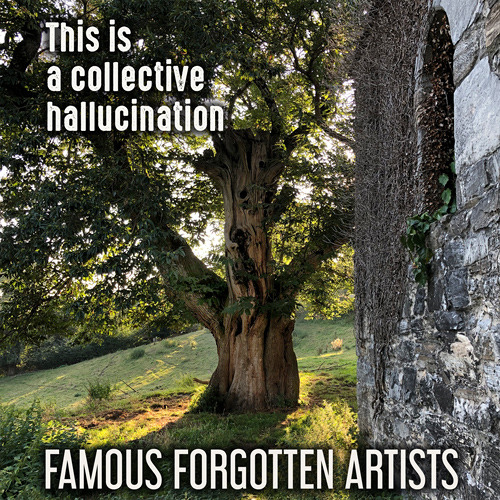


In 1895, Gustave Le Bon suggested that people in crowds are liable to enter a kind of hypnotic, and highly suggestive trance state, priming them for hallucinatory experiences.(3) Once someone suggests the presence of something - a sign in the sky, for example - then everyone else naturally accepts it’s presence. Some have speculated on the possibility, but there is very little scientific basis for the idea that multiple people could individually generate the same visual imagery and auditory information.īut as blogger Douglas Mesner has noted in an excellent critique of the mass hallucination concept, a few scholars have suggested that it might be possible for crowds to agree on the details of a collective observation, even without everyone observing it for themselves.(2) This concept is sometimes referred to in the literature as a “collective hallucination,” although this concept too is poorly supported. Although tossed around in everyday conversation, there is hardly any mention of mass hallucinations in the scientific literature. The problem with mass hallucinations, though, is that they don’t actually exist - at least not as we understand them. The idea of the mass hallucination is popular in entertainment media, where it’s often invoked as a rational explanation for supernatural phenomena.(1) The theory is that collective observations of anomalous phenomena can be explained by positing that all witnesses experienced the same, or similar, hallucinations at the exact same time, without any physical stimulus being present. Anyone who’s ever tried to convince their skeptical friend of that one, irrefutable UFO case knows how frustrating it is to run up against that brick wall of denial that is the the “mass hallucination” theory.


 0 kommentar(er)
0 kommentar(er)
